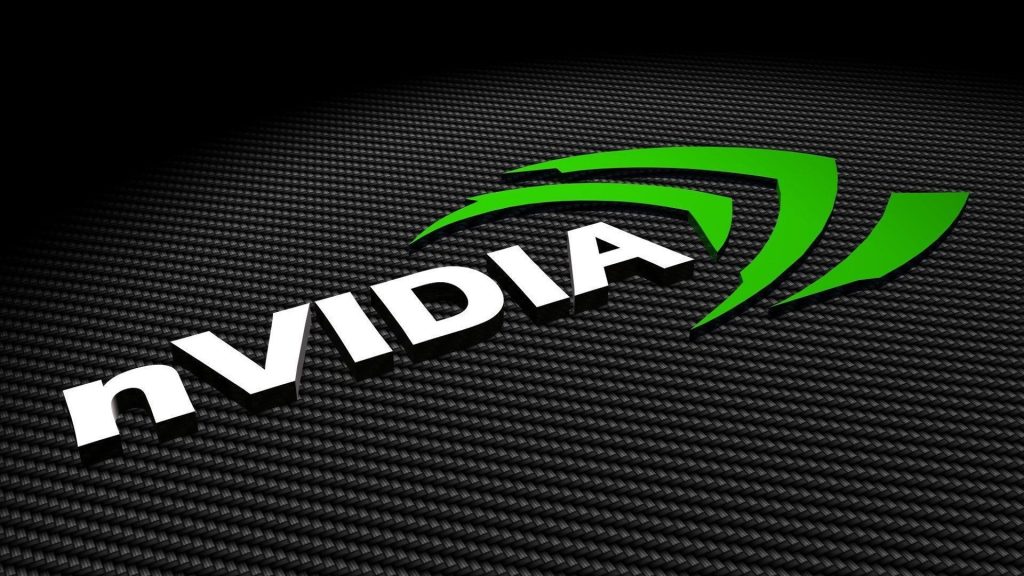Nvidia Corp.’s three-day, $430 billion selloff has traders turning to technical analysis for clues on where the bottom may be.
The stock has fallen 13% since briefly overtaking Microsoft Corp. last week as the world’s most valuable company. That’s pushed Nvidia shares into a technical correction – when a stock drops 10% or more from a recent peak — for the first time since April. The stock was set to extend losses Tuesday, dropping as much as 2.4% in premarket trade.
The abrupt reversal has included some tell-tale signs of capitulation, according to Buff Dormeier, chief technical analyst at Kingsview Partners.
“The fact that this is happening following all this good news — the split, becoming the largest company — is a concern,” he said, referring to the 10-for-1 stock split announced last month. Dormeier sees short-term support around the $115 level, with the next significant level at $100.
The $115 area for Nvidia shares is near a key Fibonacci retracement level, a tool used by technical analysts to identify support or resistance lines for stocks and other assets. The 38.2% retracement from the stock’s intraday low in April to its record high last week is about 2% below Monday’s closing price.
While technical analysis — which looks for insight in historic trading patterns — isn’t precise, it can provide a useful roadmap for investors.
Nvidia has soared this year amid unrelenting demand for its chips that dominate the market for artificial intelligence computing. The latest leg of the advance saw the stock rise 43% from its May 22 earnings report and stock split announcement to the June 18 peak when the stock closed with a market value of $3.34 trillion, topping Microsoft at $3.32 trillion. Despite the three-day drop since then, Nvidia is still up 139% this year.
For Ari Wald, head of technical analysis at Oppenheimer, the longer-term trend is more important than any specific level for Nvidia and it remains strong with the stock still trading well above its 50-day moving average around $101 and 100-day moving average at $92.
“Typically major tops are a process, with several rounds of buying and selling and then price momentum creeps in and there’s a failure to hold key levels. We haven’t seen anything like that yet,” he said in an interview. “This is just how Nvidia trades.”
While he believes the long-term up trend remains intact, like Dormeier, he’s keeping an eye on the $100 level.
“For a stock in an uptrend like Nvidia, breaching that first level of support wouldn’t be a concern,” said Bruce Zaro, chief technical strategist at Granite Wealth Management. A drop below $100, however, would be, he said.
“That may not have long-term implications, but it would signal that you should be patient, especially in a period where the market is likely to be volatile and have a downward bias as we await the election and the Fed weighing in on rates.”



